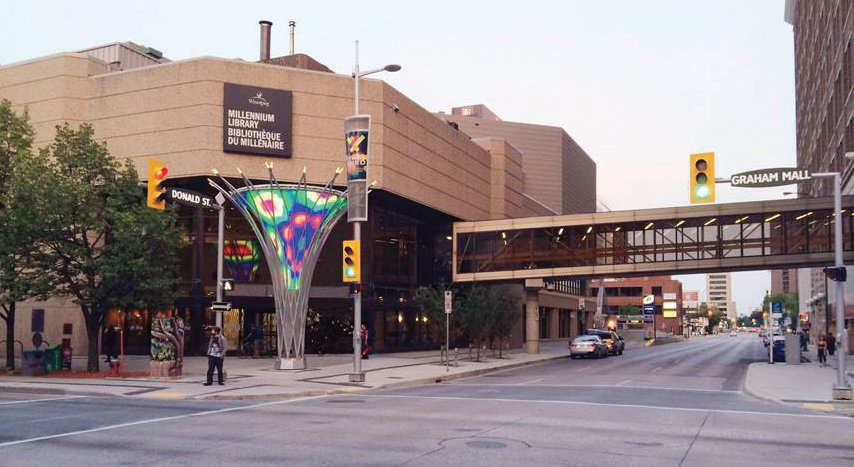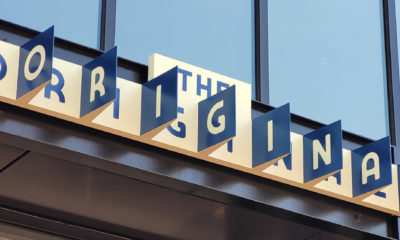Forty years ago, the Society for Environmental Graphic Design (SEGD) was a fledgling organization that attempted to impress upon architects, general contractors, property owners and managers, and other interested parties, the importance of signage and environmental graphics – not as utilitarian identifiers of facility amenities, but rather as essential branding and placemaking tools.
Now the Society for Experiential Graphic Design, it’s grown into a broad-based organization that represents designers, fabricators, vendors, academics and end users, all of whom share the common interests of staying informed about evolving technologies, materials, issues in dealing with governmental entities and general contractors, and numerous topics that impact built-environment graphic treatments.
Several SEGD-member designers and fabricators from diverse backgrounds have graciously answered questions about trends in the environmental-graphics market. In an industry whose diversity grows daily, one voice can’t speak as an all-encompassing industry authority, but these experts embody the industry’s breadth.
Patrick Angelel, CREO Industrial Arts
What are strengths and challenges you see in the designer/fabricator relationship?
I think designers are increasingly aware of the value fabricators bring to the process, and are more open to feedback regarding feasibility of a design and value-engineering options. But, as a fabricator, you have to earn the designer’s trust in order for them to value your input. If designers think the fabricator brings an expertise to the process and helps them achieve their vision without compromising design, the process feels like a collaboration and builds trust for the future.
Talk me through a project that reflects the way your shop’s fabrication is changing.
We recently built a sign, which was nicknamed “The Funnelator,” for an urban-redevelopment project in Winnipeg. The project was really more art than signage, and its core concept included an LED array that runs video animations within a unique, funnel-shaped piece of art. It entailed significant engineering to determine how the structure would be constructed. It also demanded a high level of craftsmanship to cope the steel pipe into an elegant shape. And, the LED array features a diffusing substrate that fits the unique shape and produces the desired effect. The project involved extensive collaboration between our shop, Stantec Vibe (the designer) and the LED provider, Sansi North America, and the result was spectacular.
What are some changes you see ahead?
In addition to adopting new materials and technologies, such as digital-display technology, specialty acrylics such as 3Form and Lumicor, and broader use of LED lighting, we still face the constant challenge of educating buyers about fabrication strategies. Clients don’t often understand the differences in approach and quality between different shops, so they tend to commoditize the decision and opt for the lowest price. As products and technologies evolve, it becomes even more challenging to explain these difference, even when bidding on the same design-intent package.



 Tip Sheet1 week ago
Tip Sheet1 week ago
 Ask Signs of the Times3 days ago
Ask Signs of the Times3 days ago
 Photo Gallery1 day ago
Photo Gallery1 day ago
 Real Deal1 week ago
Real Deal1 week ago
 Benchmarks6 days ago
Benchmarks6 days ago
 Editor's Note2 weeks ago
Editor's Note2 weeks ago
 Women in Signs1 week ago
Women in Signs1 week ago
 Photo Gallery1 week ago
Photo Gallery1 week ago







